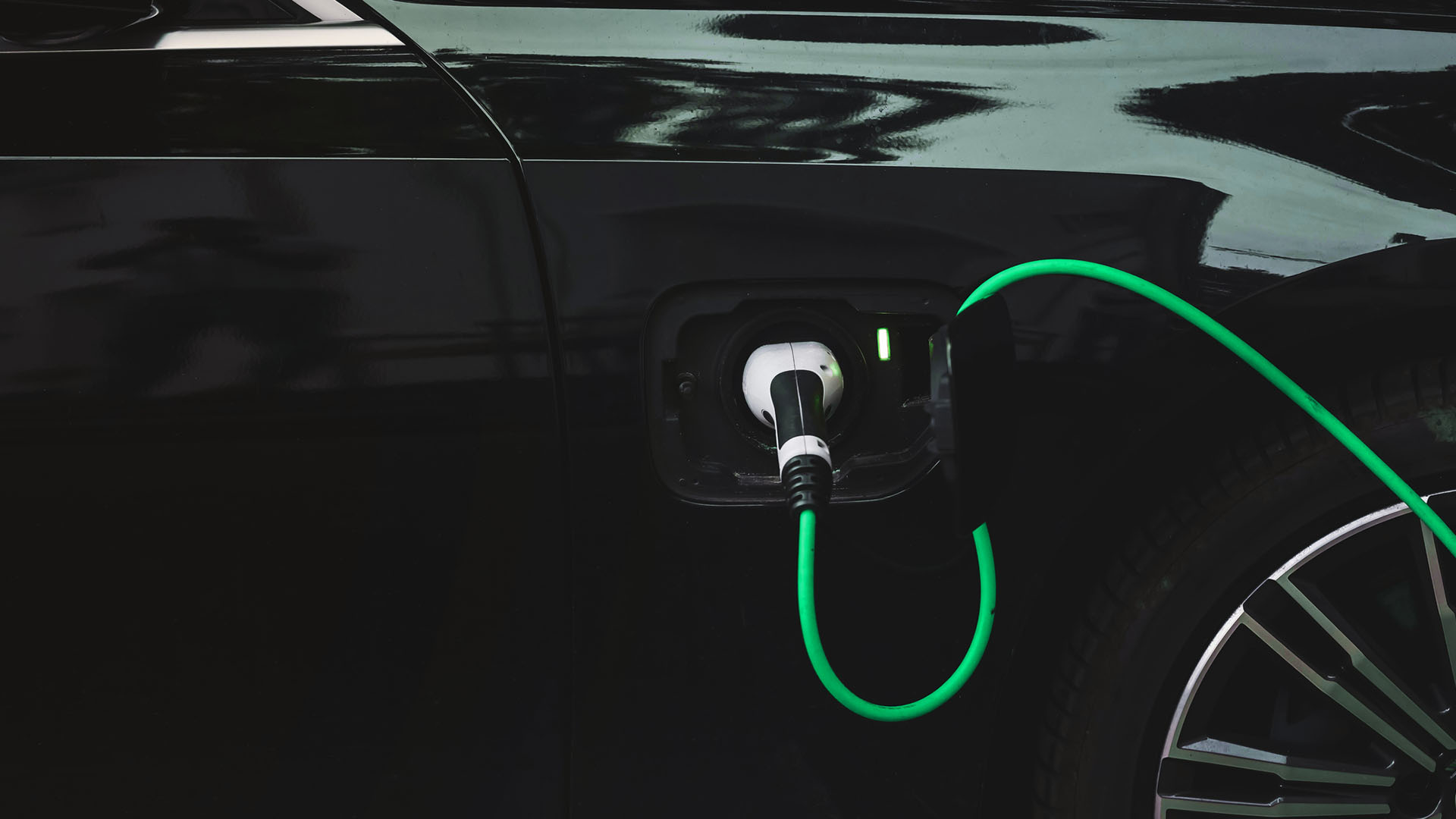The automotive industry in South Africa is an important segment of the manufacturing sector, which is itself a cornerstone of the national economy. Manufacturing businesses are a crucial part of SA’s engagement with the African Continental Free Trade Area (AfCFTA), a trade treaty meant to boost an export-led economic revival that could attract much-needed inward investment.
But the manufacturing sector and its contribution to GDP has declined steadily since the mid-2000s. Stats SA released figures in 2023 that reveal a 1.7% drop in manufacturing production month on month. The sector’s contribution to economic activity fell to 13.2% in 2021 from 23.1% in 1993.
The wider economic implications are severe – more than 309,000 people lost their jobs in the manufacturing sector from 2005 to 2021. In local vehicle manufacturing, production plunged 13.8% due to a combination of underinvestment, the slow pace of domestic growth, escalating production costs, stiff competition from imports and pervasive investor uncertainty.
Our intensifying energy and logistics crises over the past few years have had further negative effects on all kinds of manufacturing operations – power outages, clogged harbours and an inefficient rail network increase transport costs. Then there is the challenge posed by climate change and our response to it, which could end the production of internal-combustion engine (ICE) vehicles worldwide.
Manufacturing and climate change
Climate change has emerged globally as a significant threat to industrial manufacturing through increasing water shortage, as water is critical for most manufacturing processes. The local auto industry, like others in the manufacturing sector, needs to invest in climate adaptability and sustainable practices.
We need a government regulatory and policy framework, along with new investments to boost growth and beneficiation, to relieve these pressures on the manufacturing sector. How can the local auto industry help to address these challenges?
Automotive industry outlook
The auto industry sector contributed 4.9% to GDP in 2022, the latest year for which we have the figures. The National Association of Automobile Manufacturers of South Africa (NAAMSA) estimates SA’s production share on the African continent at 54%, so a significant proportion of the vehicles manufactured in SA are for export.
Imported EV models attract a 25% import tax, which is higher than that applied to ICE vehicles
Tshwane is home to 3 major vehicle manufacturers – BMW and Nissan in the Rosslyn area and Ford in Silverton – but their ongoing viability as exporters will be determined by their ability to adapt to the technology changes being legislated across Europe. The main change facing the global automotive industry is a transition from ICE to electric vehicles (EVs). The automotive clusters in Tshwane are ideally situated to foster South Africa’s transition to EVs and to be a major world player, if a battery manufacturing plant could be established at either or both locations.
Transition to EVs
For South African buyers, the price of EVs is still extremely high compared to ICE vehicles. To maintain the current rate of export, the local industry will require substantial investment in new tooling for drive trains and components such as braking and electrical harnesses. Without a shift to EV manufacturing, South Africa risks becoming an import-only market, or even a destination for used vehicles, like much of the rest of Africa.
NAAMSA has released some figures on the transition to EVs. In 2023 local sales of fully electric vehicles surged by 85% versus 2022, but this is off an extremely small base – the nominal increase was from 502 to 903 units, which is just 0.16% of the overall market. Nonetheless, the industry seems to be moving ahead. Last year BMW South Africa announced a R4.2 billion ($222.7 million) investment to electrify its Rosslyn plant in Pretoria, designed to produce the BMW X3 in South Africa as a plug-in hybrid for global export.
EV manufacturing
Apart from BMW, other manufacturers are investing in EVs, including GWM, Volvo and Mini. There are complications around load-shedding for EVs and battery charging networks, but a major disincentive for South African consumers is a combination of taxes and high battery prices. Battery prices account for around 40% of the cost of producing an EV, though battery technology is constantly evolving to be more cost-effective and to manage longer runtime and distances for the EVs.
With no EVs manufactured locally and very few assembled in SA, imported models attract a 25% import tax, which is higher than that applied to ICE vehicles. This is justified as a tax related to ‘luxury’ items. Government has not immediately committed to lowering it in the short term. The fact that the general fuel levy adds more than R80 billion a year to government revenue, according to Stats SA, is another issue we will have to resolve before we can switch to EVs successfully.
Most industry players are painfully aware of the need to maximise investment and job creation – and skills development – to stay competitive during this huge industrial transition from ICE to EV. While policy changes need to be hurried up, South Africa can also make industry changes at local level via hybrid and plug-in hybrid technology. There are many facets of making the changes that will move the country towards a more carbon-neutral future, but investment will depend on addressing our energy problem and managing the transition from ICE to EV as quickly as possible.
Nedbank has been at the forefront of supporting the manufacturing sector and businesses that would like to reap the benefits of AfCFTA. We can guide corporate clients through processes like a cost–benefit analysis of local production versus imports, raw material costs, energy security and market potential, offering not only access to working capital, but also assistance to optimise operations, reduce costs and expand market reach.








